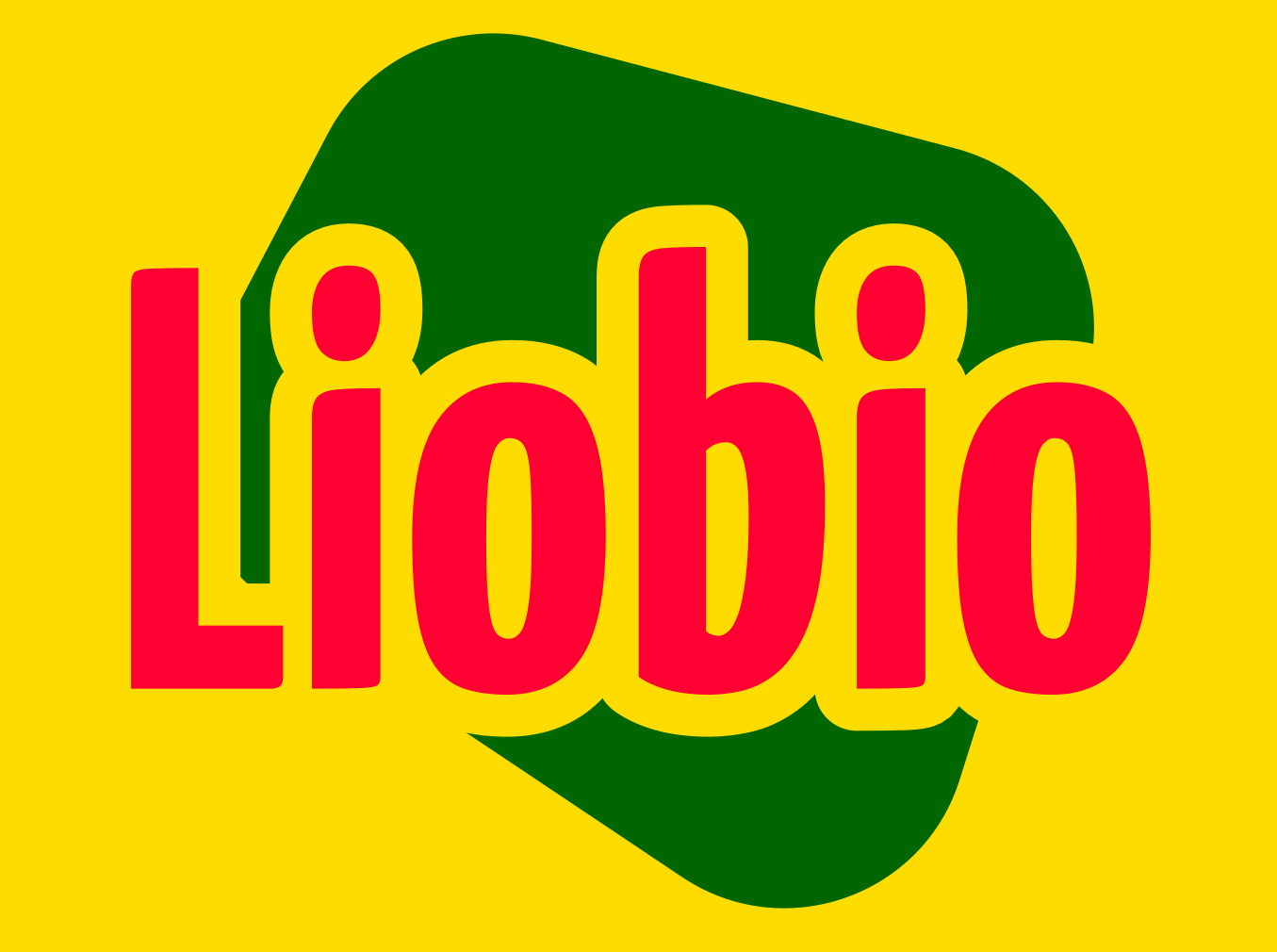Monopoly Go, the free-to-play mobile game developed by Scopely, has made headlines not only for its massive revenue but also for its substantial advertising budget. The game's success story is a testament to the power of strategic marketing in the mobile gaming industry. Here's a closer look at Monopoly Go's advertising budget and its impact on the game's success.
Revenue and Marketing Spend
Monopoly Go has achieved remarkable financial success, generating over $3 billion in revenue since its launch. A significant portion of this success can be attributed to its aggressive marketing strategy. Scopely has confirmed spending nearly $500 million on marketing and user acquisition alone in the first 10 months after the game's release. This figure is notable, especially when compared to the development costs of major AAA titles, which are often in the hundreds of millions.
Adding to the game's allure and driving player engagement are the coveted Monopoly Go stickers. These virtual collectibles not only add a fun dimension to gameplay but also fuel a vibrant trading community. Scopely strategically incorporates these stickers into promotions and events, further incentivizing user acquisition and retention, making them an integral component of their marketing strategy.
Marketing Strategy
The marketing strategy behind Monopoly Go focused on a hyperlocal approach, tailoring the game's advertising to different regions and cultures. This localized marketing helped the game resonate with a broader audience, contributing to its rapid growth and revenue generation. The marketing efforts were so effective that the company was able to recoup its spending in a matter of weeks, a feat not commonly seen in the gaming industry.
Estimates and Speculations
While Scopely has disclosed a marketing spend of nearly $500 million, some analysts have speculated that the actual daily expenditure could be significantly higher. Estimates range from $300,000 to $4.5 million per day. However, Scopely maintains that these figures are speculative and far from accurate, emphasizing that their user acquisition specialists secure traffic at lower costs than those suggested by third-party estimates.
Potential for Additional Revenue Streams
Despite its success, Monopoly Go currently does not display ads within the game. Analysts suggest that integrating ads could provide an additional revenue stream, potentially generating millions of dollars per month. For instance, if the game were to implement rewarded video ads, it could earn around $2 million per month for every million daily active users.
Conclusion
Monopoly Go's advertising budget is a prime example of how strategic marketing can drive success in the mobile gaming sector. The game's revenue figures and marketing spend demonstrate the scale and potential of mobile games to outperform traditional console titles in terms of financial returns. As the gaming industry continues to evolve, the strategies employed by Scopely with Monopoly Go will likely serve as a model for future mobile game developments.



